
Canada Stroller SOR/2023-101 Compliance Testing
To ensure your bassinet and seat-type stroller products smoothly enter the Canadian market, it is crucial to comply with the latest regULatory requirements. Below is a compliance guideline based on the Canadian Consumer Product Safety Act (CCPSA) and related regulations, helping you fully understand and prepare the necessary materials.

Understand Applicable Regulations
Canada has strict safety regulations for stroller products, mainly involving the following regulations:
- SOR/2023-101: Replaces the previous SOR/2016-167, covering mechanical performance, warning labels, language requirements, and more.
- SOR/2018-83: Limits total lead content to ensure the product’s lead levels do not exceed prescribed limits.
- SOR/2014-79: Prohibits the use of harmful substances such as Tris(2-chloroethyl) phosphate (TCEP) in products.
- SOR/2016-193: Regulates the use of surface coating materials, restricting the content of hazardous heavy metals.
Prepare RequiRED Compliance Materials
To meet Canadian regulatory requirements, you need to provide the following information:
- Company Information:
- Product List:
- Product Images:
- Compliance certificates:
- Product Documentation:
- Test Reports:
- Test reports issued by ISO/IEC 17025 accredited laboratories confirming each product has been tested and complies with applicable regulations.
- Manuals and instructions for all products complying with Section 14(3) of SOR/2023-101.
- Product images or test reports meeting marking requirements (per Sections 14(1) and 15 of SOR/2023-101).
- Product images or test reports meeting warning and hazard label requirements (per Section 14(2) of SOR/2023-101).
- High-resolution images of each product and its packaging, showing all sides for review.
- Detailed list of all bassinet and seat-type stroller models you distribute.
- Company name (if applicable) and seller/supplier identification number.
- Contact information: email address and phone number.
Compliance Recommendations and Support Services
To ensure your products comply with Canadian regulations, we recommend:
- Choosing Suitable Testing Laboratories: Cooperate with ISO/IEC 17025 qualified labs (e.g., JJR in China) to perform necessary product tests.
- Updating Product Documentation: Ensure all manuals, labels, and warning information meet the latest regulatory language and format requirements.
- Regularly Reviewing Regulatory Changes: Stay informed of updates to Canadian regulations and adjust product designs and documentation promptly.
For further compliance consulting or testing services, please contact our professional team. We will provide you with comprehensive support to help your products successfully enter the Canadian market.
Email:hello@jjrlab.com
Write your message here and send it to us
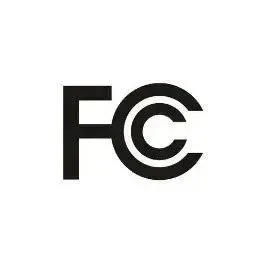 FCC Certification for Automatic Parking Radar Sens
FCC Certification for Automatic Parking Radar Sens
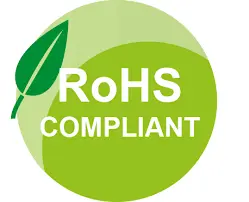 Temu Europe Station CE-RoHS Compliance
Temu Europe Station CE-RoHS Compliance
 FCC ID Certification and SDoC Compliance
FCC ID Certification and SDoC Compliance
 Export Certification and Compliance for Lighting F
Export Certification and Compliance for Lighting F
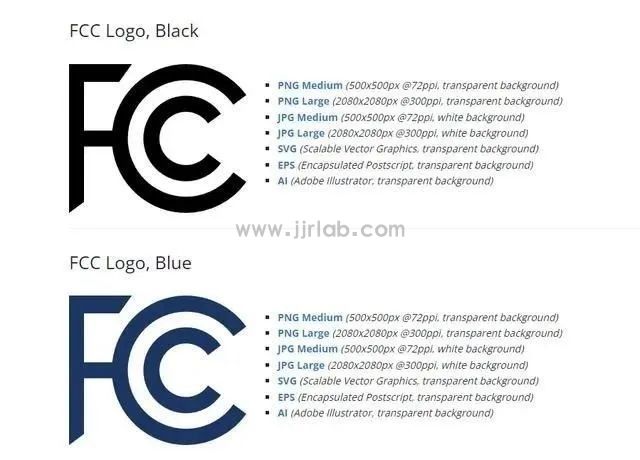 FCC Certification Resumes Issuance
FCC Certification Resumes Issuance
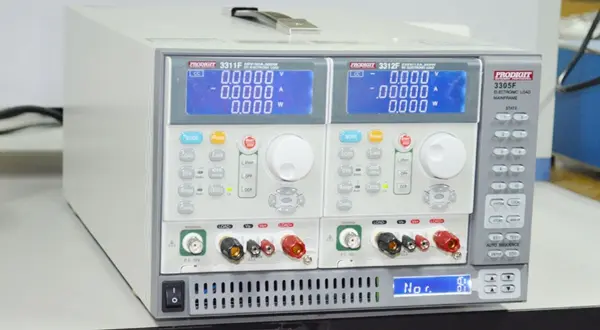 Electrical Toy Safety Certification EN 62115 EMC T
Electrical Toy Safety Certification EN 62115 EMC T
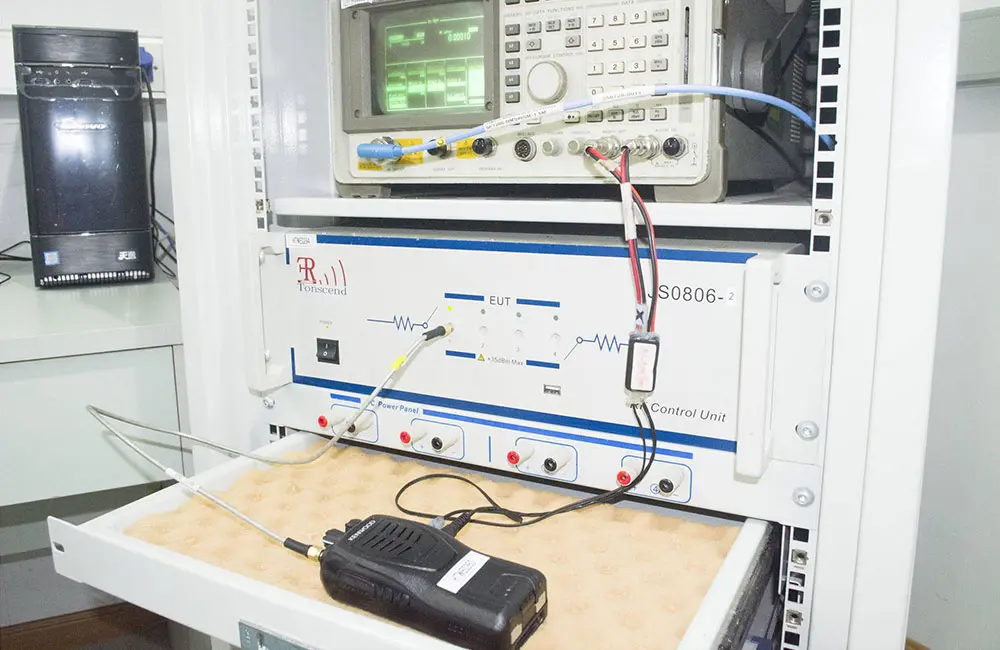 What is the UL 62368 Test Standard?
What is the UL 62368 Test Standard?
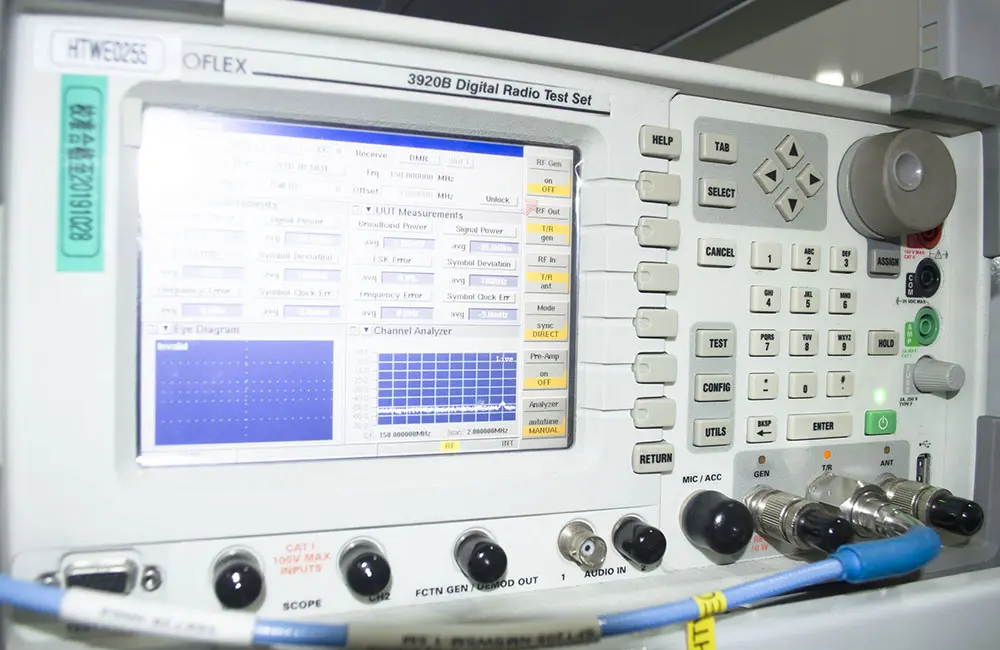 Is CISPR 32 the same as EN 55032?
Is CISPR 32 the same as EN 55032?
Leave us a message
24-hour online customer service at any time to respond, so that you worry!




